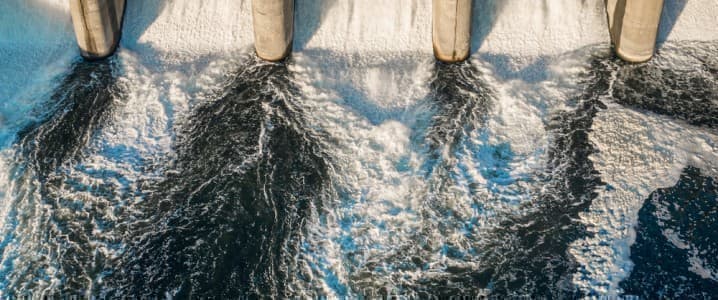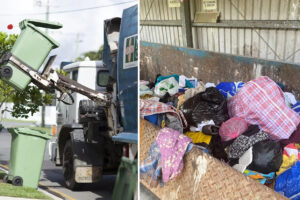
Norway is set to significantly expand its hydropower capacity through a series of ambitious projects and collaborations, particularly with the United States Department of Energy (DoE). This initiative aims to bolster clean energy production as the country faces rising domestic energy demands. In a recent announcement, the DoE revealed an extension of its partnership with Norway’s Ministry of Energy focused on hydropower research and development, building on an earlier memorandum of understanding.
This collaboration will facilitate the exchange of vital information, tools, and technologies related to marine energy and innovative hydropower solutions. U.S. Energy Secretary Chris Wright emphasized the importance of such partnerships, stating, “Strong partnerships drive innovation, and innovation strengthens America’s energy future… Hydropower is a tremendous resource – one that supports reliable, affordable power across the country and holds vast potential to bolster America’s grid.”
Norway’s hydropower sector is already impressive, contributing approximately 89 percent of the country’s power generation in 2023, according to the International Energy Agency. Wind power accounted for about 9 percent during the same period. The nation’s investments in hydropower have not gone unnoticed; in May 2023, TRG Datacenters ranked Norway as the second most energy-resilient country globally, following Iceland.
Controversial Legislative Changes and New Developments
In February, the Norwegian parliament passed a bill allowing hydropower plants larger than 1 MW to be constructed in protected waterways. This decision has sparked controversy, with environmental groups raising concerns over potential impacts on wildlife and ecosystems. The legislation permits such constructions if the societal benefits are deemed “significant” and the environmental effects considered “acceptable.” Norway has nearly 400 protected waterways, and critics argue that the government expedited the bill without sufficient public consultation or environmental assessments.
Despite these controversies, the hydropower sector continues to attract investments. In April, SEB Nordic Energy announced that its portfolio company, Locus Energy, acquired a 158 GWh hydropower portfolio, which included both operational assets and those under construction. This acquisition will elevate Locus Energy’s total hydropower capacity to 410 GWh annually once all assets are operational. Portfolio Manager Richard Gavel remarked, “The addition of reliable hydropower generation reinforces Locus Energy’s long-term strategy with a solid cash flow profile.”
Statkraft’s Major Upgrades and Future Investments
Norway’s state-owned utility, Statkraft, is also making significant strides in hydropower expansion. The company recently submitted a license application to upgrade its hydropower facilities along the Numedalslågen river in Buskerud, with an estimated cost of $390 million. These upgrades aim to enhance electricity production while reducing consumer utility costs. The Nore I plant has been operational since 1928, and Nore II followed in 1946. If approved, Statkraft plans to initiate five major upgrades by 2030.
Statkraft is weighing two options for the upgrade: merging the existing facilities into a single new plant located inside the mountain, which would increase capacity from 274 MW to 500 MW and boost annual production from around 1,500 GWh to 1,700 GWh. Alternatively, the company may opt to relocate the two plants independently, enhancing capacity by 65 MW and increasing annual output by approximately 150 GWh.
Additionally, in 2022, Statkraft applied for a license to expand its Mauranger hydropower plant from 250 MW to 880 MW. In May 2023, the company sought approval for a new $590 million hydropower facility in Sunndal, designed to replace two existing stations—Aura and Osbu. This development is set to be one of the largest hydropower investments by Statkraft in decades.
CEO Birgitte Ringstad Vartdal emphasized the importance of modernizing existing plants to meet growing demand for energy. She stated, “Electricity is the backbone of our society and the foundation for value creation across the country. Many hydropower plants now require modernisation.” Vartdal acknowledged the need for more flexible energy production, stating, “By building a new Aura power plant, we can deliver more capacity and slightly more energy without adding more water. That’s what the future renewable energy system needs.”
Norway is poised to continue its substantial investments in hydropower over the coming years, focusing on expanding existing facilities and promoting the development of new projects. The collaboration with the United States aims to drive down production costs and enhance technological advancements, ensuring that Norway remains a leader in clean energy production.







